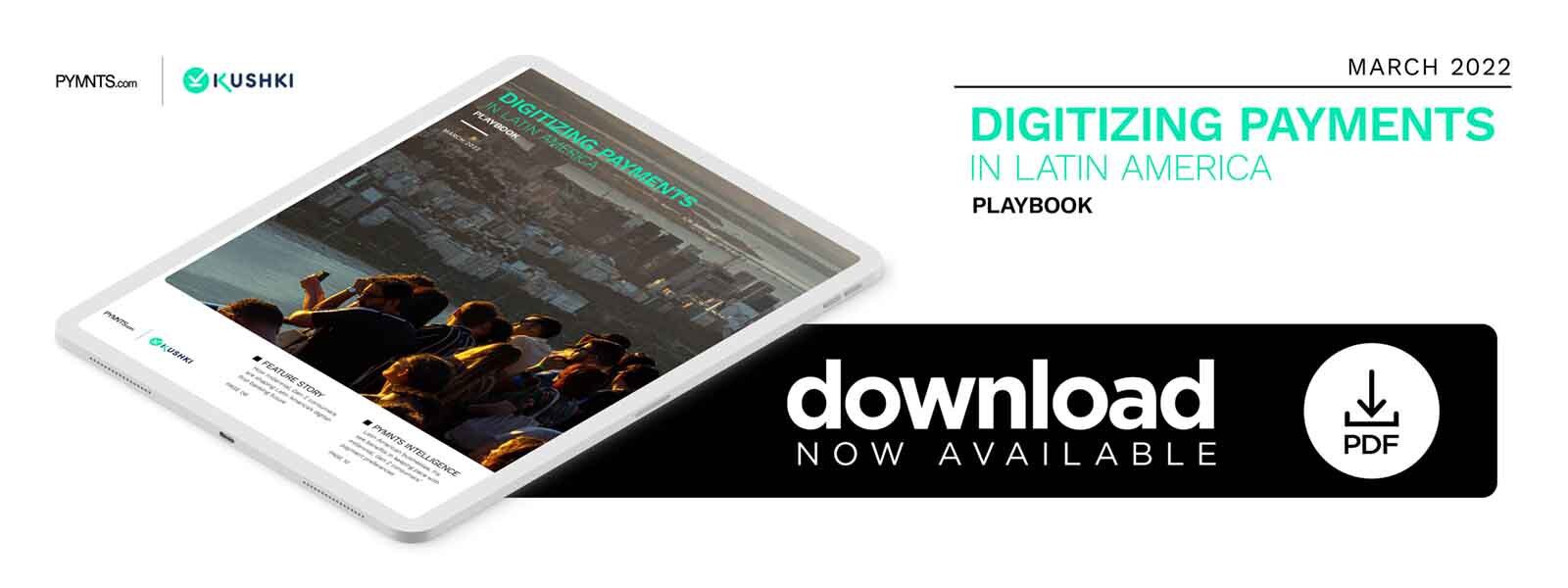How Millennial, Gen Z Consumers Are Shaping Latin America’s Digital-First Banking Future

More than half of young Brazilian consumers are now neobank customers, and legacy FIs are rethinking how to engage with this key demographic. Banco do Brasil’s Neudson Freitas explains why the local banks are turning to “super apps” and open finance to win them over.
The pandemic accelerated consumers’ migration to online banking channels worldwide, and younger, digital-focused consumers are driving this shift. In Latin America, millennials and members of Gen Z more frequently are wielding their mobile phones to make payments or conduct typical banking activities, for example. This is pressuring banks to offer the digital, seamless financial experiences these individuals are expecting, Neudson Freitas, head of small and medium-sized enterprise customer success for Banco do Brasil, said in a recent PYMNTS interview.
“As consumers in Generations Y and Z begin to represent a higher percentage in the customer base and considering that they use digital solutions more often … self-service experiences have become mandatory,” he explained.
Banks across Latin America, therefore, must keep a close eye on how these younger consumers’ preferences are changing, especially as the banking habits of these demographics begin to shape wider expectations for financial services within the market. Legacy financial institutions (FIs) and emerging FinTechs or other payment players looking to launch their services within the region must be sure they are optimizing their offerings to reflect the needs of these generations.
Capturing Millennial, Gen Z Loyalty
Banking and financial habits differ greatly from generation to generation, as does the FI loyalty consumers across demographics feel. Consumers belonging to older demographics such as Generation X may use up to two banks to conduct their financial activities, Freitas explained, but younger consumers typically show less attachment to particular financial entities or banks. Millennials tend to turn to multiple financial entities to meet their needs, he said, while Generation Z consumers tend not to relate strongly to any banks.
“This customer profile no longer expects just one financial institution to meet all of [their] needs for solutions and services, and with the arrival of open banking, [these customers] wish to have widely integrated experiences,” he said.
Younger consumers’ wants and needs are becoming more prevalent to financial entities as these demographics begin to gain more spending power, meaning such behaviors represent a key challenge for both legacy FIs and FinTechs wishing to secure the long-term attention of these consumers. Such entities must find ways to not only stand apart from emerging FinTechs or neobanks offering new, digital-first products in increasingly saturated markets such as Latin America but also offer services that easily connect with other financial features in a way that feels personalized to their own needs, Freitas said.
“The real demands of younger generations, especially Gen Z, [are the] hyper-personalization of experiences,” he said.
Both millennials and Gen Z consumers are expressing interest in so-called “super apps,” financial services that tie together multiple platforms or solutions using the help of technologies such as application programming interfaces (APIs). Such connected applications — those of what is commonly called open banking or open finance — are set to become more popular as these consumers exert more influence over the financial industry on a global scale.
The Rising Importance of Open Finance
As millennial and Gen Z consumers’ expectations of their banking experiences begin to reimagine industry standards, offering smooth, personalized financial services is likely to gain even more importance for LatAm financial entities. Therefore, open finance, which uses technologies such as APIs to connect disparate banking or payment services more seamlessly for ease of use, is set to play a more dominant role in the future of the financial industry, Freitas said.
“In the financial services industry’s race [to digitize], open finance [has] emerged as the latest revolution,” he said.
It is key for FIs to keep a close eye on the potential benefits of open finance as millennials and Gen Z demand faster and easier access to a growing list of emerging payment and banking features. Finding ways to support these methods is becoming critical for banks of all sizes within Latin America’s budding digital financial ecosystem, serving as a necessary catalyst to the process of capturing and retaining the loyalty of increasingly digital-first consumers.

